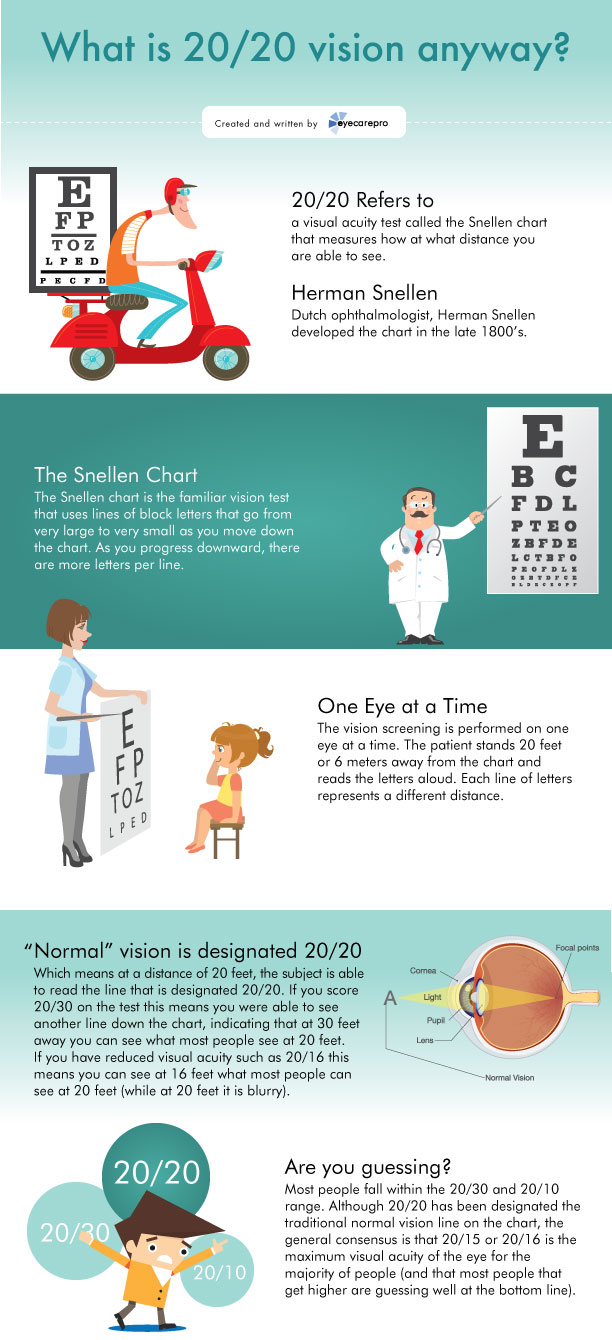Contrasting Standard Cataract Surgical Procedure To Laser-Assisted Techniques: Benefits And Drawbacks
Contrasting Standard Cataract Surgical Procedure To Laser-Assisted Techniques: Benefits And Drawbacks
Blog Article
Authored By-Ennis Andreassen
When pondering the choice between typical cataract surgical treatment and laser-assisted methods, you may find yourself weighing the advantages and downsides each technique offers. The decision goes beyond the surface area degree of price and accuracy, diving right into the realm of lasting outcomes and person complete satisfaction. As you browse via the complexities of these two methods, it ends up being imperative to comprehend the nuanced details that can considerably influence your visual clarity and overall experience. Keep tuned to reveal the vital factors that will certainly direct your decision-making process in this essential aspect of eye care.
Typical Cataract Surgical Treatment Pros and Cons
When taking into consideration typical cataract surgery, you may locate that it's a reputable and widely-used technique. In this procedure, a doctor makes a small incision in the eye and uses ultrasound to separate the gloomy lens before removing it. Once the cataract is gotten rid of, a man-made lens is put to recover clear vision.
Among the major benefits of traditional cataract surgical treatment is its performance history of success. Lots of patients have actually had their vision considerably boosted via this treatment. Additionally, relevant web page is often covered by insurance policy, making it a more available choice for many individuals.
Nevertheless, there are some downsides to standard cataract surgical treatment also. 1 month after cataract surgery can be longer contrasted to newer methods, and there's a somewhat greater risk of difficulties such as infection or inflammation. Some people may also experience astigmatism or call for reading glasses post-surgery.
Laser-Assisted Techniques Advantages And Disadvantages
Checking out laser-assisted strategies for cataract surgical treatment introduces a modern strategy that uses laser modern technology to perform essential steps in the procedure. Among the main advantages of laser-assisted cataract surgical procedure is its accuracy. The laser enables very precise incisions, which can bring about far better aesthetic end results. Furthermore, making use of lasers can minimize the amount of ultrasound energy required throughout the surgery, possibly reducing the risk of problems such as corneal damages.
On the downside, laser-assisted methods can be much more expensive contrasted to typical approaches. This cost mightn't be covered by insurance coverage, making it less available to some people.
why not check here to consider is that not all cataract surgeons are trained in laser technology, which might restrict your options for picking a cosmetic surgeon.
Last but not least, while the laser can automate certain facets of the treatment, the surgical procedure still requires an experienced cosmetic surgeon to make certain effective outcomes.
Relative Evaluation of Both Methods
For an extensive understanding of cataract surgery strategies, it's important to perform a comparative analysis of both standard and laser-assisted methods.
Typical cataract surgery entails manual cuts and making use of handheld devices to separate and remove the over cast lens.
On the other hand, laser-assisted cataract surgery utilizes innovative modern technology to develop exact cuts and break up the cataract with laser power prior to removing it.
In regards to accuracy, laser-assisted methods offer a higher level of precision contrasted to conventional methods. Making use of lasers enables personalization of the procedure based upon each patient's eye makeup, potentially leading to much better visual end results.
Nonetheless, laser-assisted cataract surgical procedure tends to be a lot more expensive than conventional surgical procedure, which might limit accessibility for some people.
While both techniques work in bring back vision impaired by cataracts, the choice between conventional and laser-assisted strategies typically depends on elements such as cost, precision, and individual patient requirements.
Consulting with your ophthalmologist can assist establish the most ideal approach for your cataract surgery.
Final thought
Finally, when deciding between traditional cataract surgery and laser-assisted techniques, think about aspects like price, accuracy, and specific demands. Traditional surgical procedure supplies a tried and tested record and insurance policy coverage but may include longer healing times. Laser-assisted strategies give greater accuracy and customization yet can be much more pricey and not constantly covered by insurance policy. Eventually, the option in between the two approaches depends upon what is most important to you and your specific scenario.
